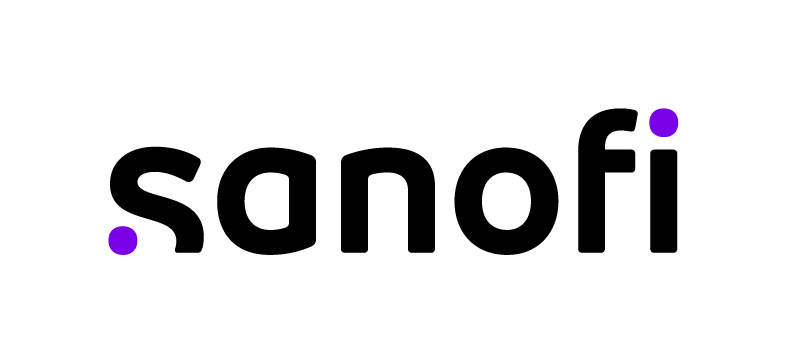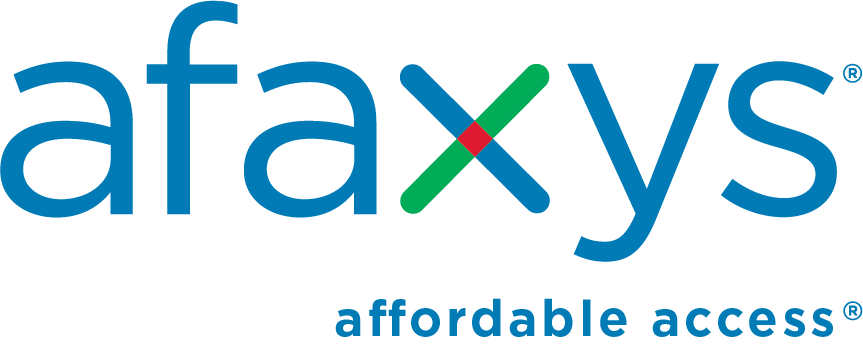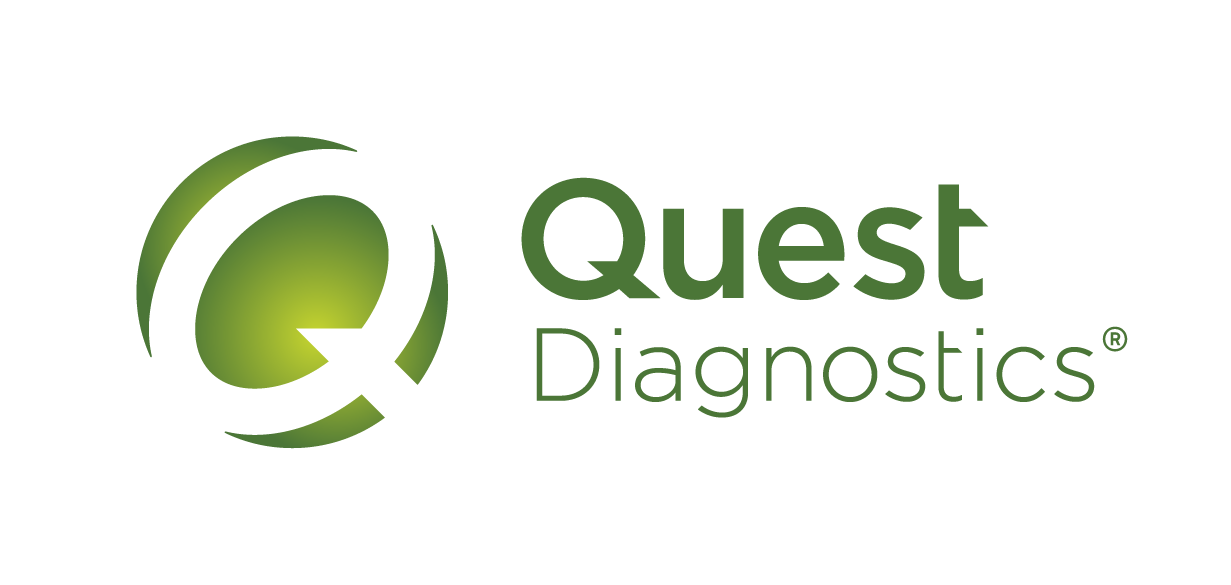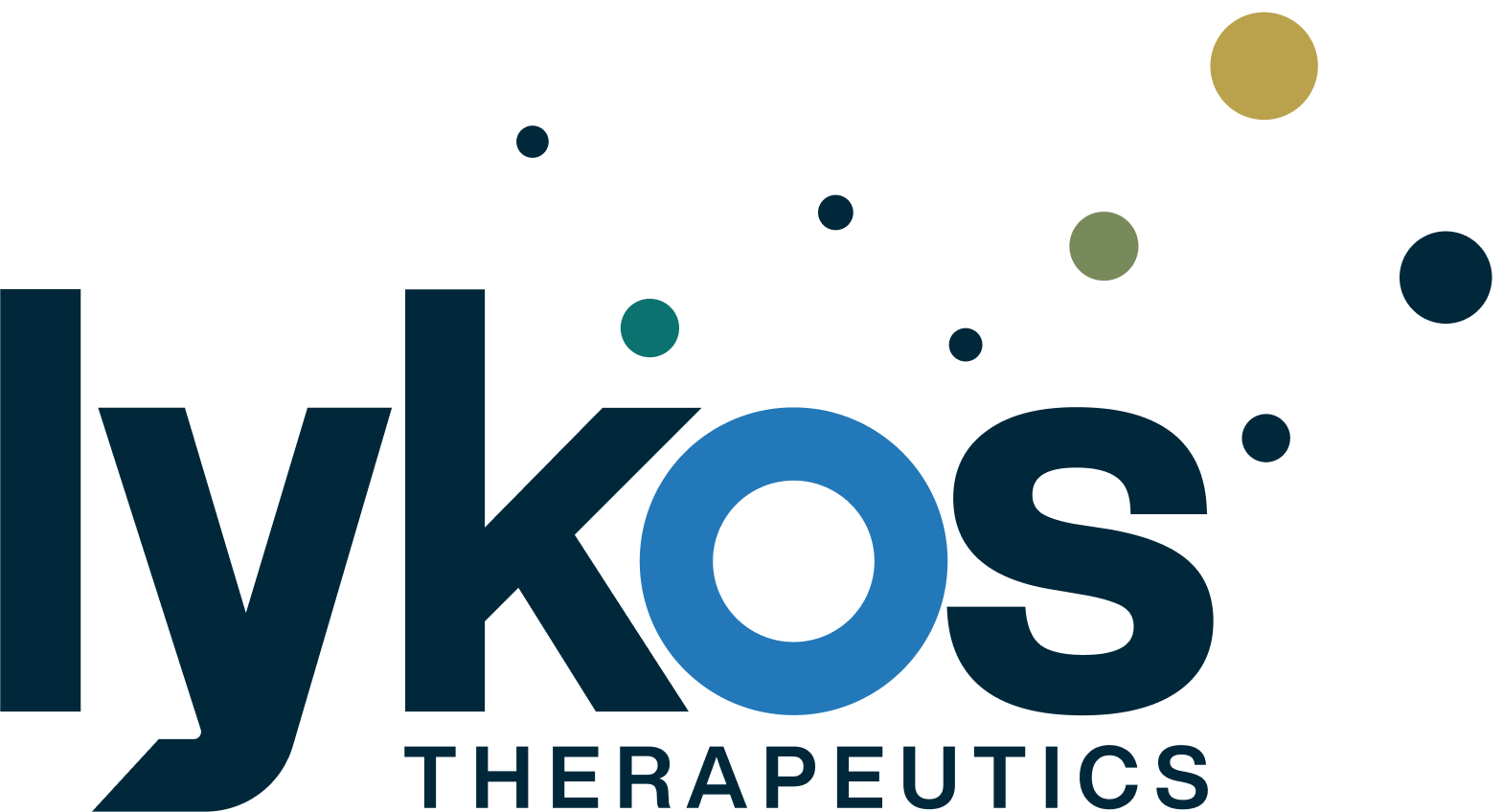By: Diana Hatton, Senior Strategist, Green Room Communications
As the week of March 17 unfolded, employees abandoned their office buildings, children rushed home from school and store shelves were stripped in reaction to the bleak news from overseas. As seasoned communicators, we have a healthy respect for the news “cycle” – the time that passes from when the media reports on an event to public reaction. In today’s world, the news cycle has shortened, from the 24-hour news cycle created in the cable era to the instantaneous news cycle, that is now defined by social media. While every company has its own news cycle, on March 17, the entire country was forced to communicate around a single event as we adapted to the impact of COVID-19, navigating immediate and drastic changes to protect the health of Americans.
 The tone one takes at a time of crisis is critical, and with the now-instantaneous news cycle that tone needs to be agile. For corporate leaders, there is a time to listen and a time to get involved in conversations – and it is a fine art to know when to act.
The tone one takes at a time of crisis is critical, and with the now-instantaneous news cycle that tone needs to be agile. For corporate leaders, there is a time to listen and a time to get involved in conversations – and it is a fine art to know when to act.
Many of our health care clients have been turning to Green Room for advice on communicating about COVID-19 with employees, customers, consumers and other stakeholders, especially as we work our way through the phases of restrictions and evolution of our messages. Our recommendation is to first assess the current news environment. Any communications must be both valuable and timely to make it worth entering the conversations on COVID-19 and putting a company’s reputation at risk.
Here are some tips we share with our clients:
- Make sure your message is agile, and be willing to pivot. Understand the value of the information you plan to relay to your various audiences and reassess your message if the news changes overnight. Consider these questions: Is the time right? Is the topic relevant? Do you have an important contribution to the latest conversation? How could the communication be perceived?
- Be authentic and clear, even if it is “just an update.” Avoid adding confusion by using clear and concise messages and don’t be afraid to say you are still working toward the answers. Everyone is dealing with information overload, so keep communications tight, transparent and, most important, strategically timed.
- Use the right channels. Consider who you want to reach and adjust your message accordingly. Short, informal videos from a home office are easy to produce and can make leaders seem more approachable and human. LinkedIn can be a great way to reach internal employees too, but it is also a public platform. In general, it’s safe to assume that your message may become public, even if originally communicated internally. Look at each and every message through the public lens.
- Show compassion. Don’t forget to listen and show compassion. Even as restrictions start to lift in many areas, and we navigate getting back to the office, this remains a stressful time for everyone as we adjust to the “new norm” and your employees, partners and customers are exhausted.
If you are a part of a nonprofit organization and in need of guidance on how to communicate to your staff and others in your network, Green Room is available for pro bono, one-time calls to help.
















